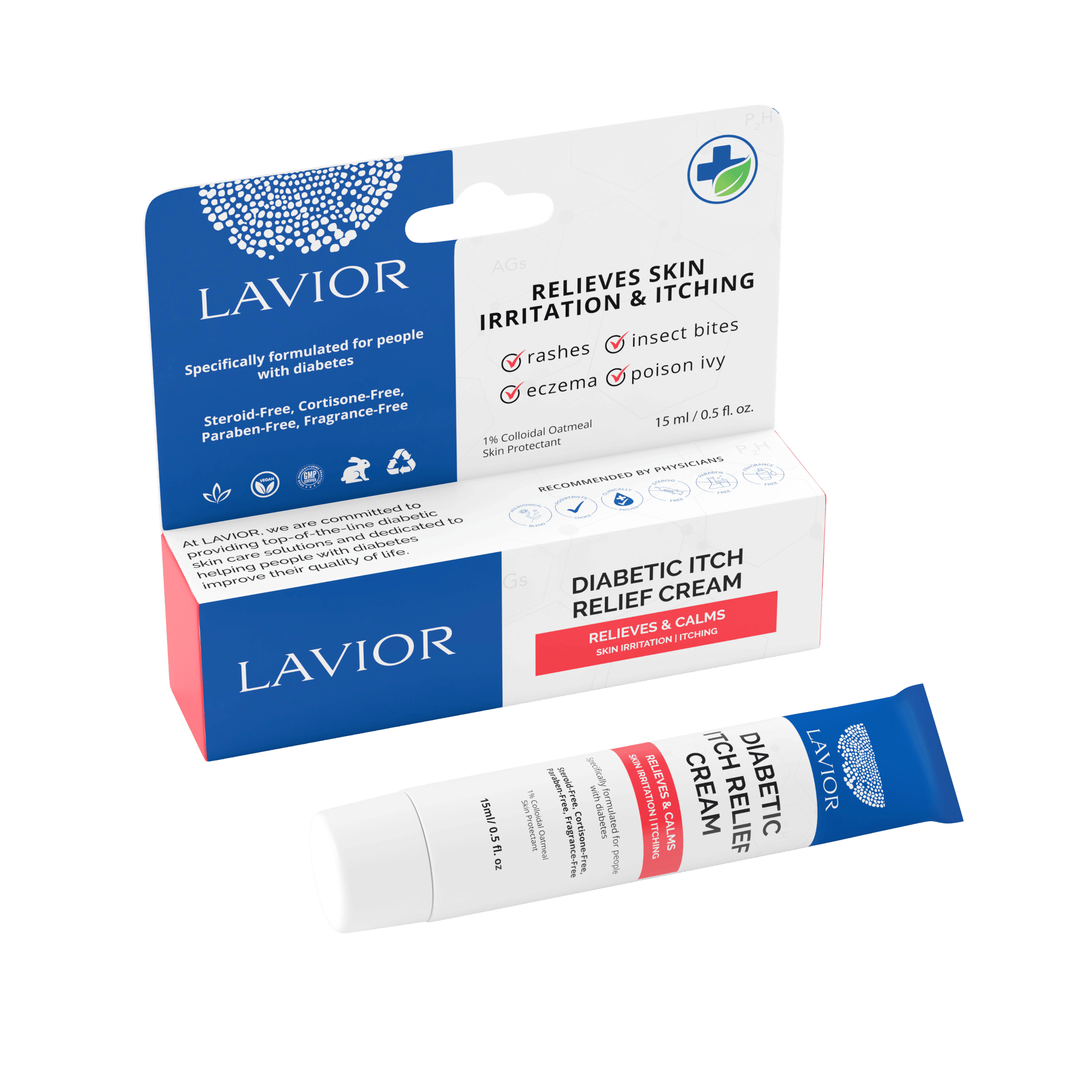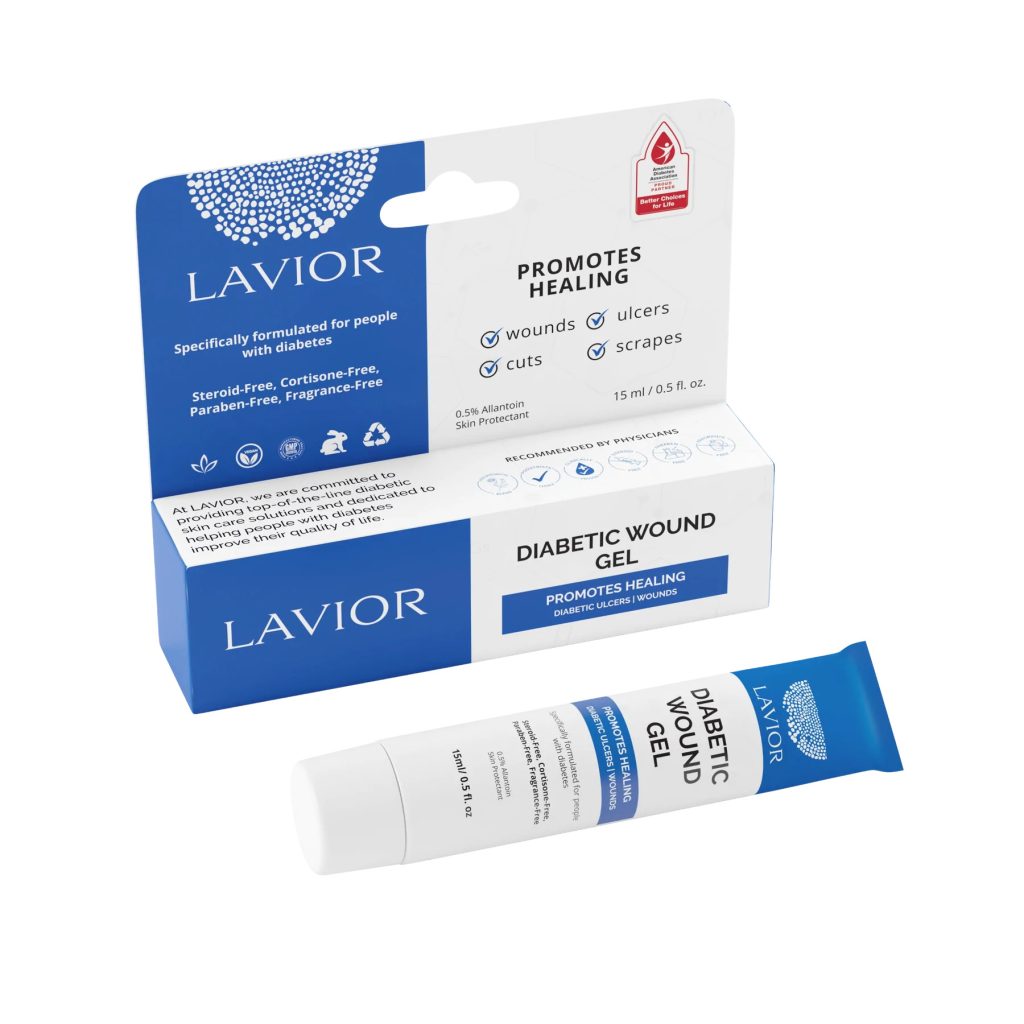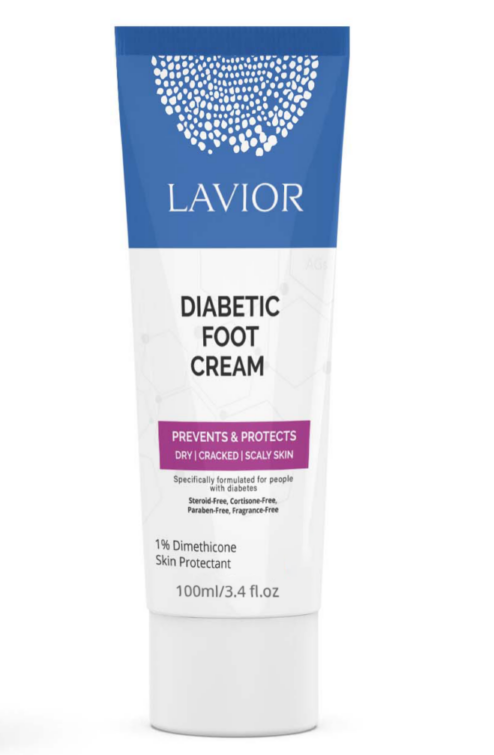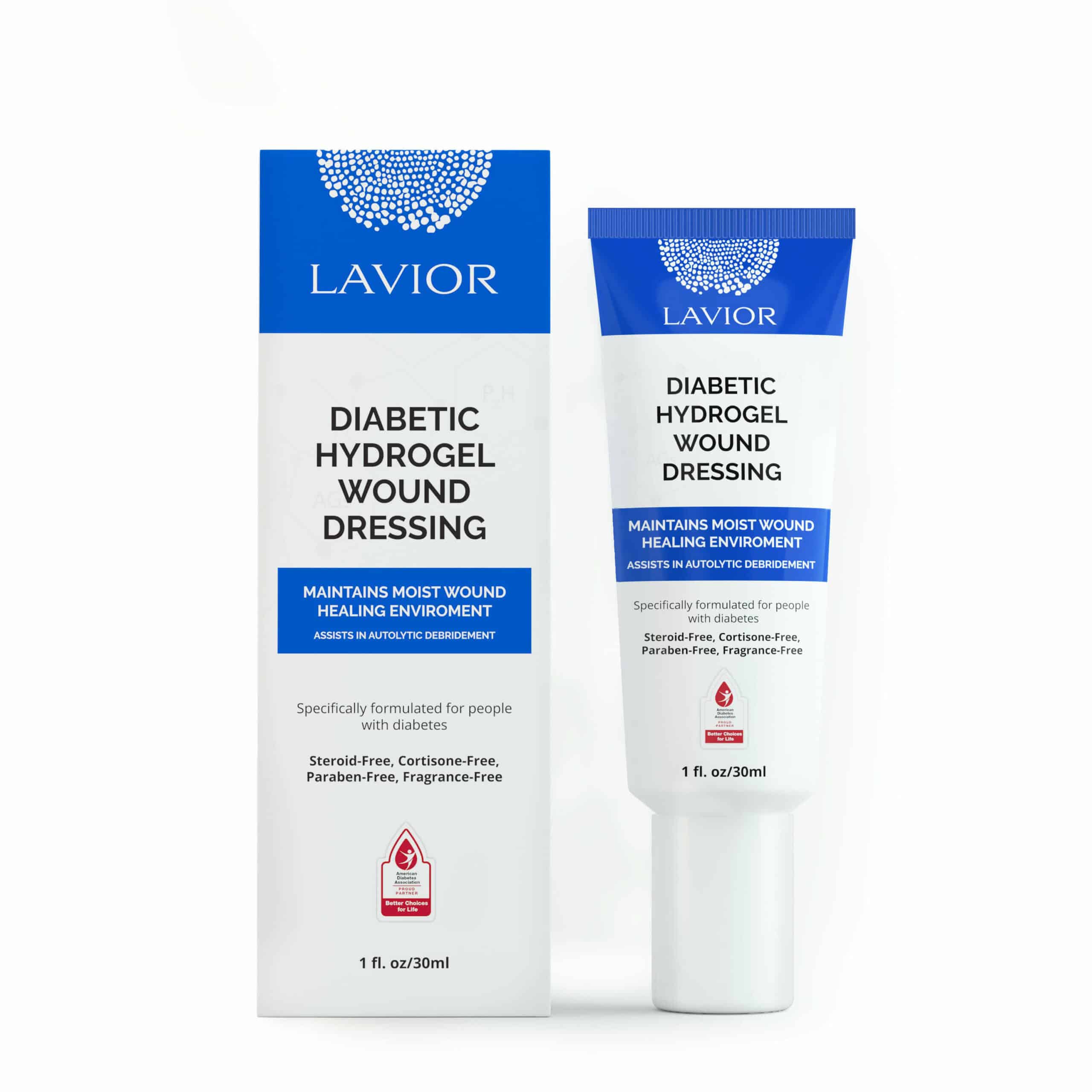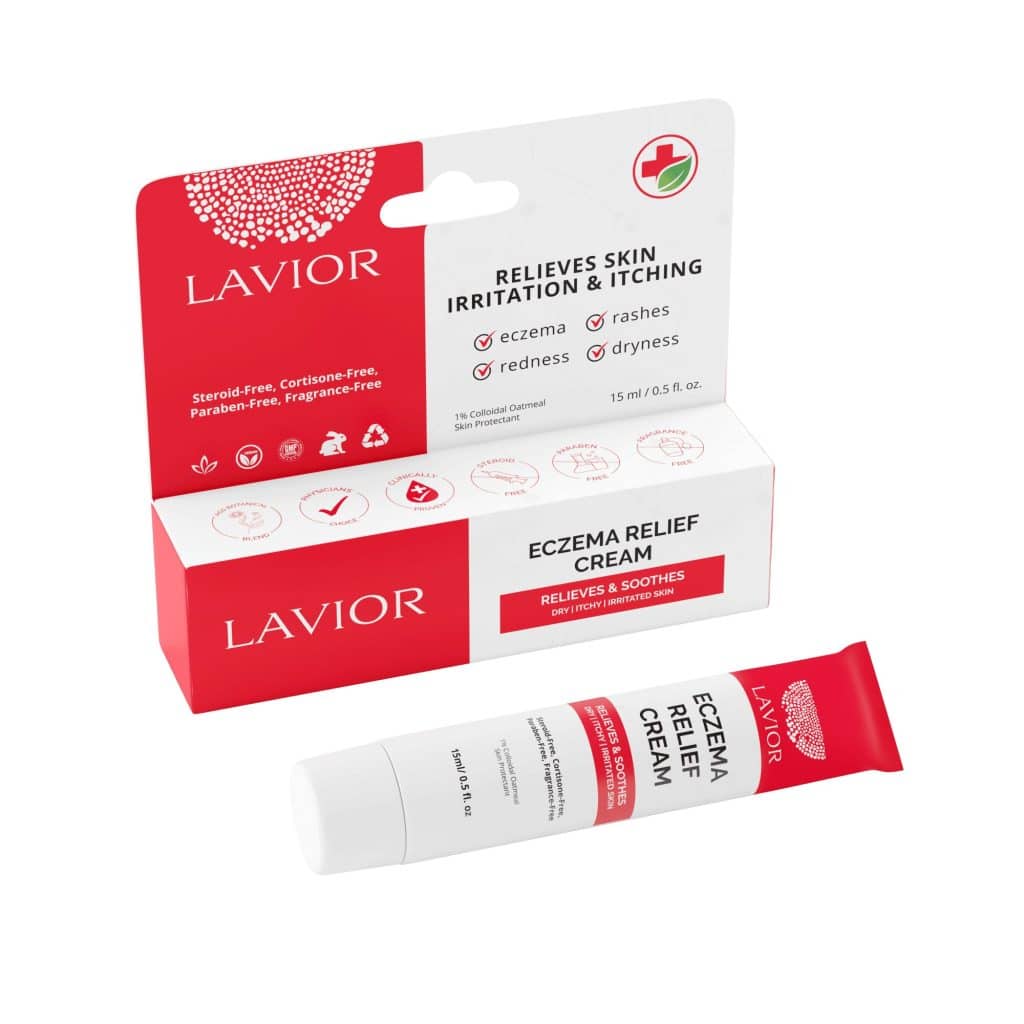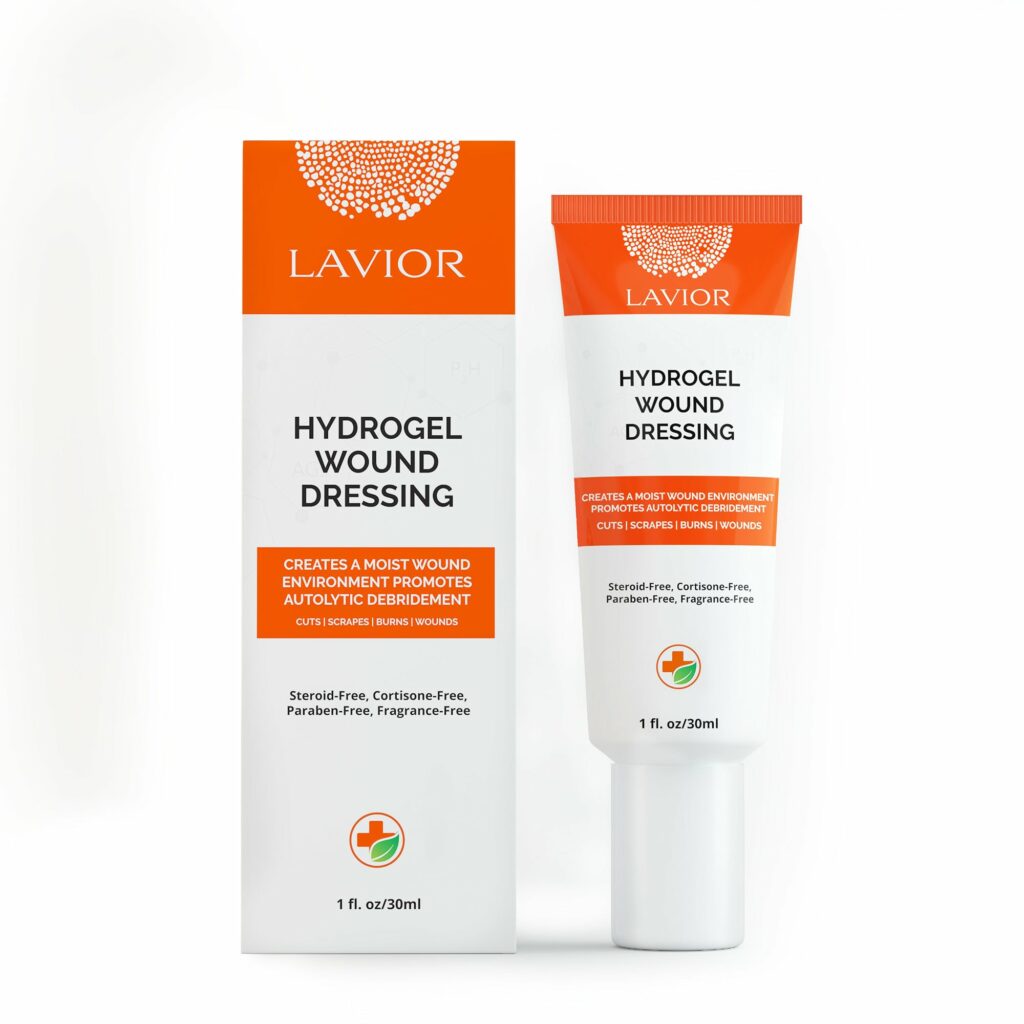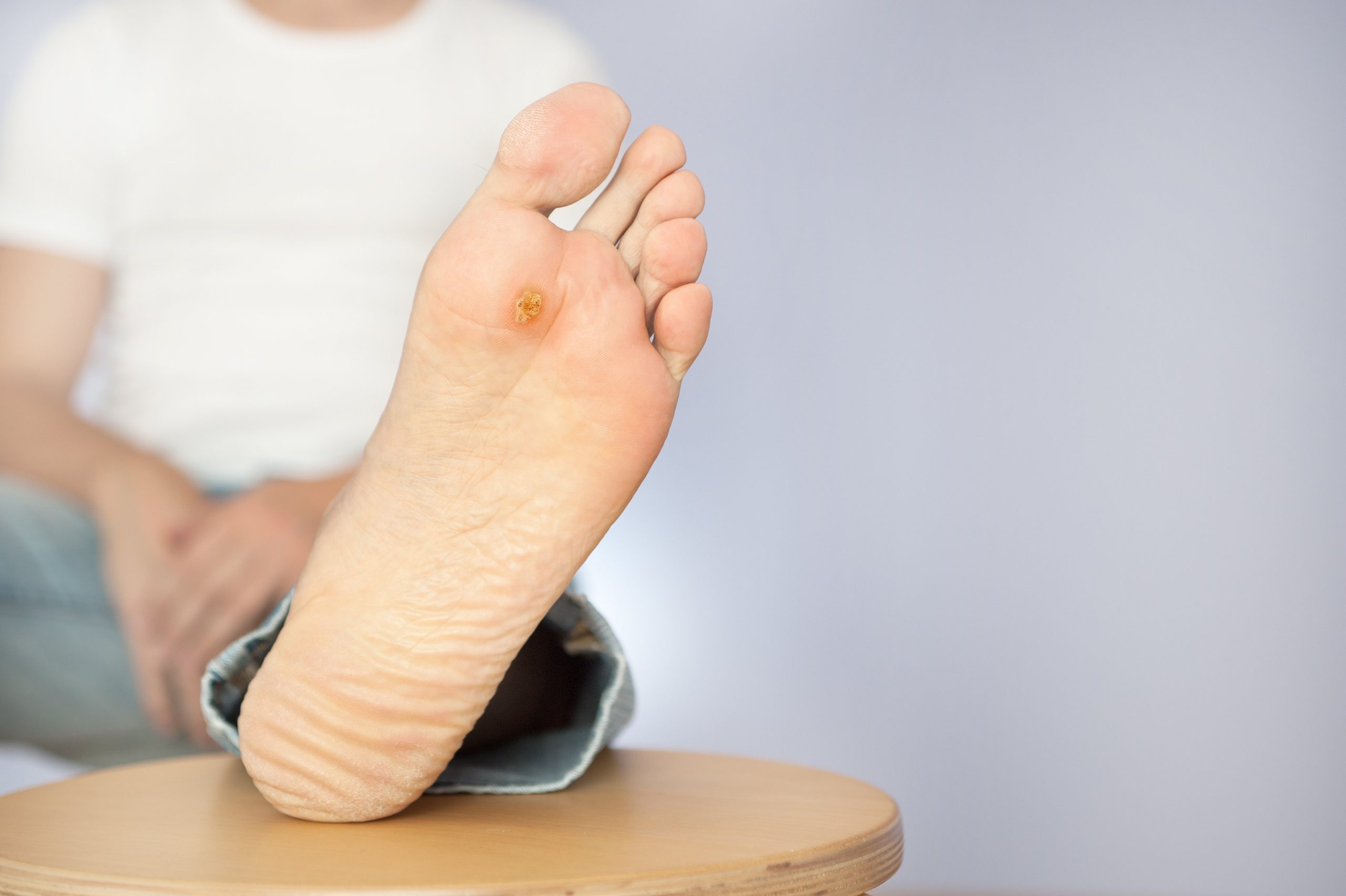According to the World Health Organization, 8.5% of the world’s adult population is diabetic and the prevalence is rising. Diabetes mellitus is a chronic disorder of the metabolism of carbohydrates, fat, and protein that is characterized by elevated blood sugar (hyperglycemia) due to a lack of insulin or the inability of the body to respond to the available insulin. The persistently elevated blood sugar has deleterious effects (complications) on various body tissue/organs.
One of the common complications is a diabetic foot; ulceration of the foot which if not promptly managed may lead to gangrene (death) of the whole foot necessitating amputation. Diabetes mellitus is the leading cause of non-traumatic foot/leg amputation.
Narrowing of the blood vessels with a reduction in blood supply to the lower extremities, inability to feel pain and pressure sensations due to damage to the peripheral nerves, and infections are some of the predisposing factors for diabetic wounds.
Ulcer/wound on the leg/amputation significantly affects the quality of life in diabetic patients. Thus, nothing can be more important than prevention. Diabetic wound/ulcer is largely preventable and some of the prevention tips are as follows:
Ensure optimal blood sugar control: since most of the complications of diabetes are directly or indirectly due to elevated blood sugar, adequate blood sugar control will help reduce the risk of diabetic ulcers.
Avoid too loose/tight footwear: when it is too tight, it will exert pressure on the bony prominences and this may lead to ulceration. When it is too loose, your foot can slip out of it and you may step on stones/sharp objects. Your footwear should provide adequate cushioning.
Get your feet inspected daily: You can do this by yourself and also allow your family members to assist you. This will ensure that any skin changes such as blisters or cracks can be detected early before a wound develops. Regular foot examination by your physician is also important.
Ensure extra care while cutting your toenails, if possible, don’t do it yourself. Diabetes also affects the eye and poor sight can make you injure yourself while cutting your toenails.
Do not smoke: smoking will further compromise the blood supply to your feet and also prevents healing if a wound should develop.
Use moisturizers: one of the signs that your foot is at risk of ulceration is dry skin. This is a pointer to inadequate blood supply and dry skin easily gets wounded.



